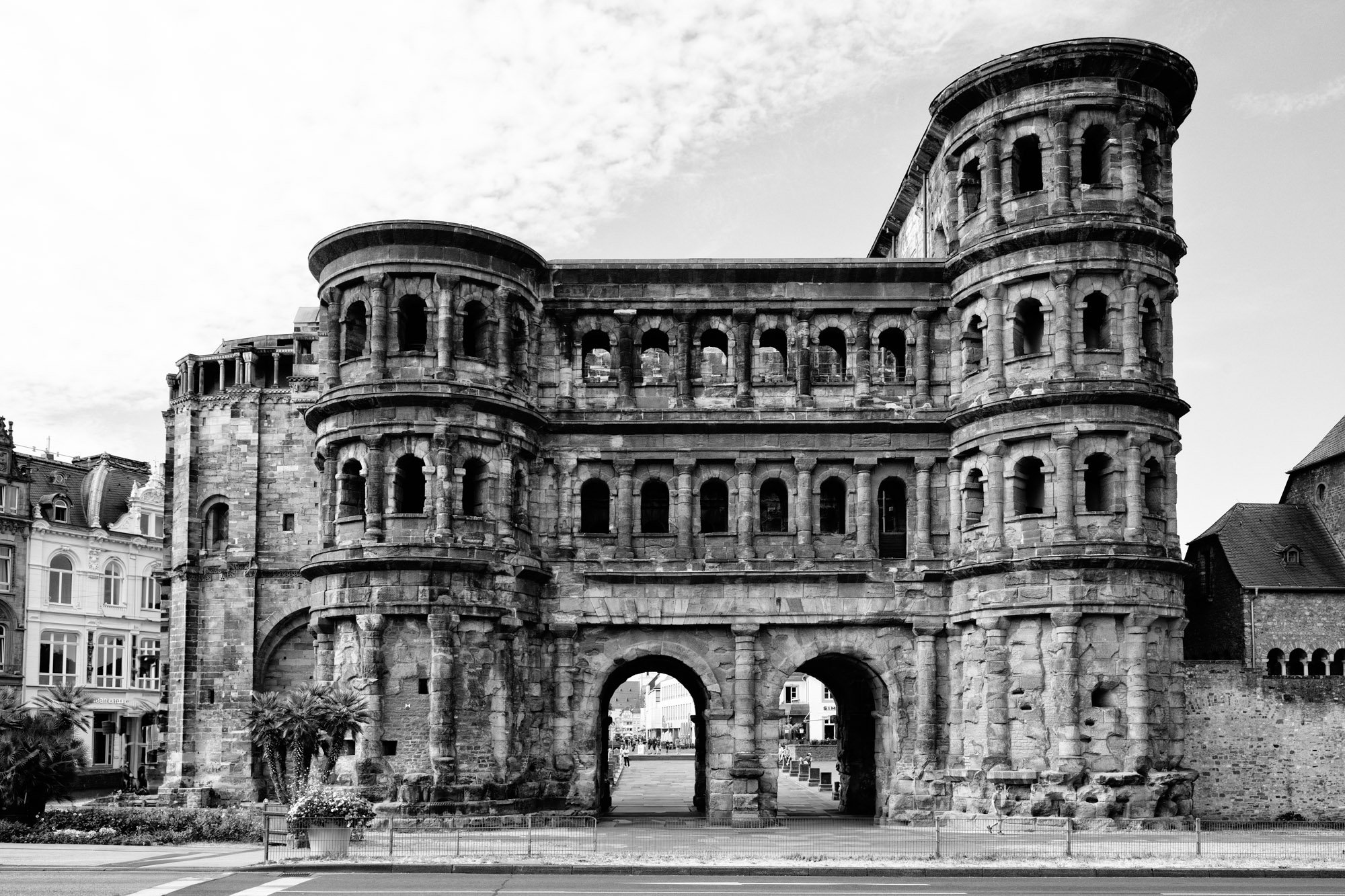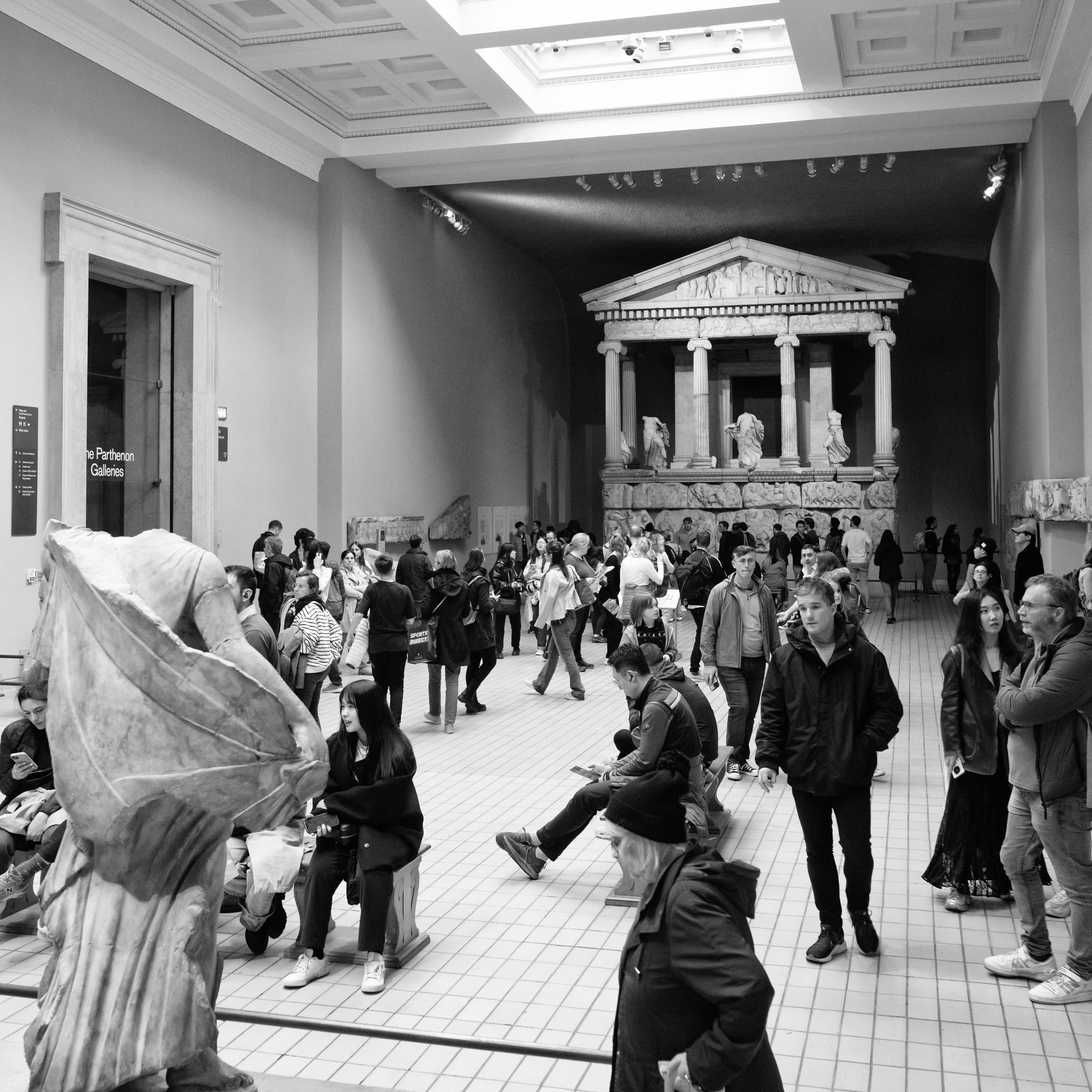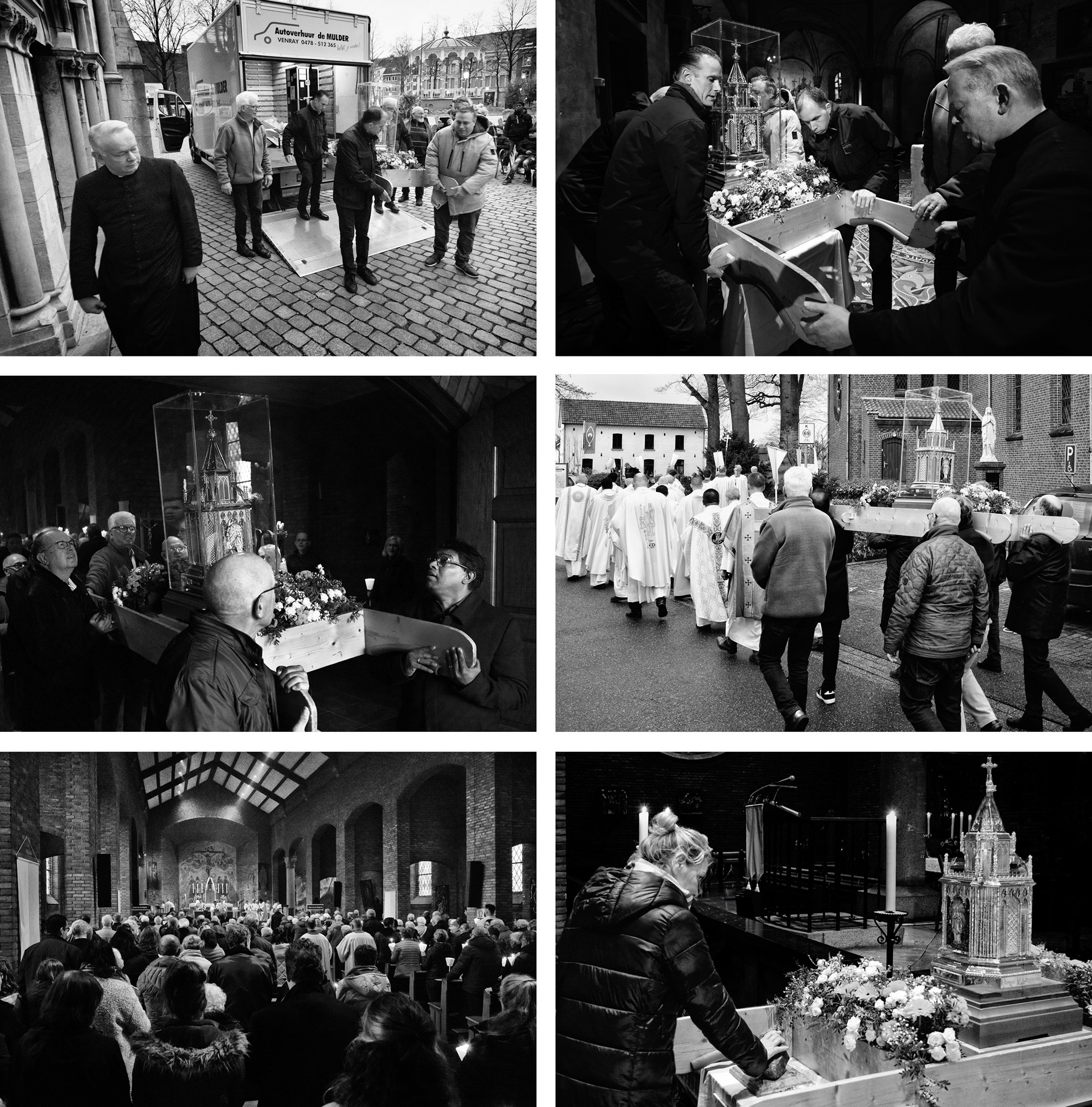The 2024 City Procession arriving at the ‘Kapel in 't Zand’.
The city fire of Roermond on May 31, 1665, started when a marksman participating in a procession fired into the air. The glowing bullet landed on a thatched roof, and the wind spread the fire. Three-quarters of the houses in the city went up in flames.
The population of the city, led by the bishop, went to the ‘Kapel in 't Zand’, just outside the city, to pray to Saint Mary. Joanna van Randenraedt, a devout unmarried woman, chose to stay in the city. She was known as a semi-saint, who had visions and predicted the future. Joanna threw a small statue of Mary from the Franciscan church into the fire. After that, the fire went out - no, it was thought that it was extinguished because of that.
Since then, every year in May, the City Procession travels from the Munsterplein to the ‘Kapel in 't Zand’. The city procession is also called the Candle Procession, because candles of the patron saints of all the water wells are carried and donated to the parish of ‘Kapel in 't Zand’. All this to thank Mary and the parish for all the help provided.
Story based on Verwoestende branden by the City Archives of Roermond.
























































